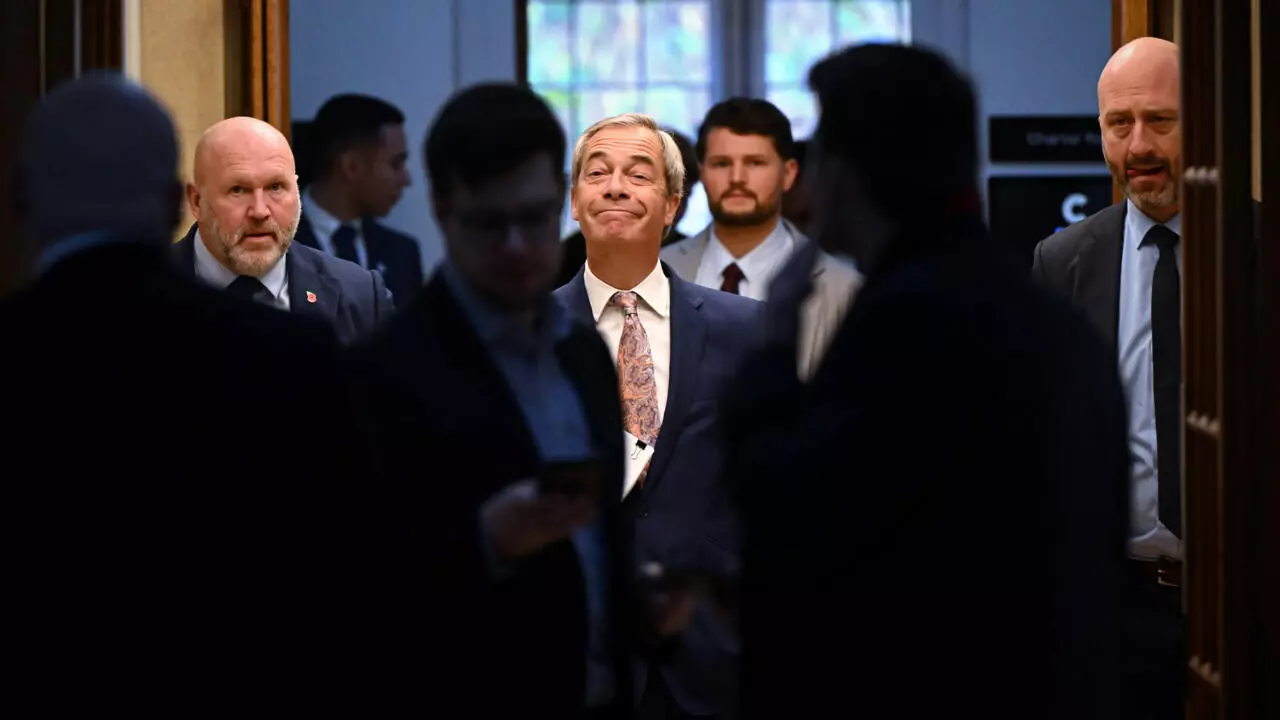
This article is more than
7 year oldBrexit could be delayed by up to three months after British Prime Minister Theresa May opened the door for the first time to pushing back the UK’s divorce from the European Union. She also will allow a vote that will likely stop the UK crashing out of the EU without a deal.
With the March 29 Brexit day looming in a month and no agreement on how to manage the UK’s departure from the bloc, Mrs May caved in to pressure from her Remainer MPs and announced she would allow the parliament to vote on whether Brexit should be delayed by several months to give both sides more time to do a deal.

The PM said she would bring on several votes in the next two weeks, including on her proposed deal with the EU, and a cliff-edge “no-deal’’ Brexit, which would see the UK crash out of the EU without any agreements in place on immigration, customs or national security.
For the first time, she also confirmed MPs would be given the chance to vote on a delay to Brexit if both her deal and a no-deal vote fail.
Mrs May said she would allow the parliament to vote on whether the UK should ask the EU to extend Article 50, the legal instrument which triggered the UK’s departure, even though she did not want to see a delay.
MORE: Politicians have utterly failed the British public
MORE: Britain’s Brexit dilemma: The options

Several European leaders have been hinting they were supportive of such a move, in order to head off a no-deal Brexit, which most MPs apart from hard-line Brexiteers fear would be a financial and bureaucratic disaster.
In a statement to the Commons, Mrs May said she knew MPs were “genuinely worried that time is running out’’ on Brexit.
She said she would hold a second “meaningful vote’’ — a vote on her proposed deal, agreed with the European Union and containing the controversial Irish backstop proposal, by no later than March 12.

She said if the deal was not passed — and it lost by a record 230 votes last time it went before the House — she would then put forward a vote on a no-deal Brexit by March 13. The result of that vote would be binding.
“So the United Kingdom will only leave without a deal on 29 March if there is explicit consent in this House for that outcome,’’ she said.
This vote appears to head off fears that the UK could end up crashing out under an “accidental no-deal’’, where MPs wanted a managed exit but couldn’t agree on what one would look like.
Lastly, the PM said if both those votes went down, she would bring forward a third vote on March 14, on whether the parliament would seek a “short, limited extension to Article 50.’’
“They are commitments I am making as Prime Minister and I will stick by them, as I have previous commitments to make statements and table amendable motions by specific dates,’’ she said.
“Let me be clear, I do not want to see Article 50 extended. Our absolute focus should be on working to get a deal and leaving on 29 March.’’

Mrs May said staying in the EU beyond the end of June would mean the UK would have to take part in European parliament elections.
“What kind of message would that send to the more than 17 million people who voted to leave the EU nearly three years ago now?’’ she asked.
“And the House should be clear that a short extension — not beyond the end of June — would almost certainly have to be a one-off. If we had not taken part in the European parliament elections, it would be extremely difficult to extend again, so it would create a much sharper cliff edge in a few months’ time.’’
The PM was forced into the new vote after three Tories, dubbed “kamikaze cabinet members’’ by colleagues — David Gauke, Amber Rudd and Greg Clark — threatened to resign if she did not agree to delay Brexit if she couldn’t get her deal through parliament.
Labour leader Jeremy Corbyn accused Mrs May of instigating more “grotesquely reckless” delays.

The opposition leader had himself performed a Brexit backflip this week when he caved to party demands for Labour to support a second referendum, should their own proposals fail to pass the parliament.